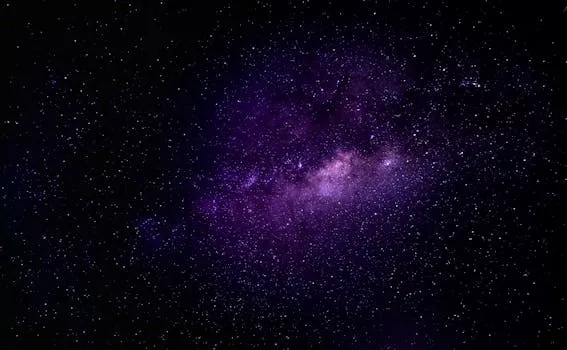
“
Beyond the Milky Way: Imagining New Worlds and Possibilities
Introduction to the Cosmos
Beyond the Milky Way: Imagining New Worlds and Possibilities is the doorway to understanding the intricacies of the universe. The Milky Way, our home galaxy, is a mere speck in the grand scheme of the cosmos. As we venture further into the unknown, we begin to uncover the secrets of the universe, and the possibilities that lie within.
Understanding the Universe
The universe is a vast expanse of time, space, and matter. It is estimated to be around 13.8 billion years old, with over 100 billion galaxies, each containing billions of stars. The universe is constantly expanding, with galaxies moving away from each other at incredible speeds. This expansion is thought to have begun during the Big Bang, an event that marked the beginning of the universe as we know it.
Galaxies and Stars
Galaxies are massive, gravitationally bound systems consisting of stars, stellar remnants, interstellar gas, dust, and dark matter. They come in a variety of shapes and sizes, from small, irregular Dwarf galaxies to massive, spiral galaxies like the Milky Way. Stars, on the other hand, are massive, luminous balls of gas that are held together by their own gravity. They are the building blocks of galaxies and come in a range of sizes, from small, cool Red Dwarf stars to massive, hot Blue Giant stars.
Exploring New Worlds
As we explore the universe, we are constantly discovering new worlds and celestial bodies. From exoplanets that orbit stars other than the Sun, to Dwarf planets that exist in the outer reaches of our solar system, each new discovery expands our understanding of the universe and its many mysteries. The search for life beyond Earth is an ongoing endeavor, with scientists using a range of techniques to search for biosignatures in the atmospheres of exoplanets. For more on this topic, check out The Infinite Universe of Imagination: Beyond Celestial Boundaries.
Conclusion and Takeaways
In conclusion, the universe is a vast and wondrous place, full of mysteries waiting to be uncovered. As we continue to explore and discover new worlds, we are reminded of the infinite possibilities that lie beyond our galaxy, the Milky Way. The key takeaways from this article are:
- The universe is vast and complex, with over 100 billion galaxies, each containing billions of stars.
- Galaxies come in a range of shapes and sizes, from small, irregular Dwarf galaxies to massive, spiral galaxies like the Milky Way.
- Stars are the building blocks of galaxies and come in a range of sizes, from small, cool Red Dwarf stars to massive, hot Blue Giant stars.
- The search for life beyond Earth is an ongoing endeavor, with scientists using a range of techniques to search for biosignatures in the atmospheres of exoplanets. For more insights, read Charting New Realms: The Journey of Imagination Beyond the Stars.



